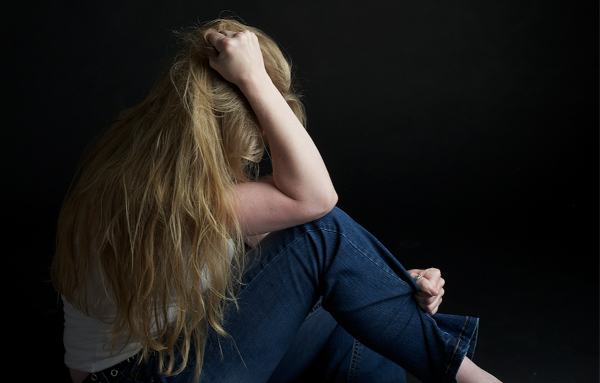“Debbie” escaped the daily beatings, insults and threats of an abusive relationship more than 10 years ago, but when her 3-year-old son hits her sometimes, the emotions come flooding back.
Read it here.
Debbie, who asked that her name not be used because her abuser still stalks her, understands intellectually that her son means no harm — but because she suffers from post-traumatic stress disorder, her nerves and emotions can be hard to control.
Post-traumatic stress disorder is created through some sort of traumatic event in which the person felt extreme fear, helplessness or horror. Symptoms may not develop until months after the initial trauma.
Symptoms include:
o Nightmares.
o Flashbacks.
o Intense emotions.
o Panic attacks.
o Avoiding places or people associated with the event.
o Avoiding reminders of the event.
o Trouble remembering parts of the event.
o Feeling detached or numb.
o Trouble staying asleep.
o Trouble staying focused.
o Feeling jumpy or always on guard.
o Stomach problems.
o Headaches.
o Anxiety.
o Depression.
o Substance abuse.
“I was beaten every day for four years of my life, and it was years ago, but it still seems to affect everything I do,” she said. “My son, I know he’s just rambunctious, but when he hits, sometimes I feel my PTSD coming out.”



